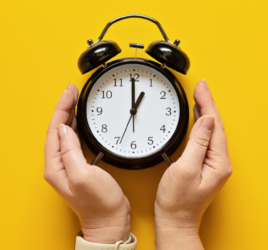
What happens at the end of the tax year?
The tax year is from 1 April to 31 March, so we’ve just entered the new 2021 tax year. The overall goal for the tax year that Inland Revenue (IRD) strives to help you with is that you pay the right amount of tax at the right time so that you don’t overpay during the year or have a bill to pay at the end of the year.
After the end of each tax year, IRD will send you:
- an automatically issued income tax assessment telling you if you have a refund or tax to pay
- a request for you to provide or confirm information about your income
- a message to complete your individual income tax return – IR3 in myIR, or a paper copy by post.
Inland Revenue will work out if you’ve paid the right amount of tax each year by using the information they have about your income and the tax you’ve already paid. Once they’ve worked out all this information, they will process your tax assessment which includes receiving any of the list above.
Refunds are paid from mid-May to the end of July when they process income tax assessments. These are processed in batches so not everyone will get theirs at the same time.
If you receive an automatically issued income tax assessment, you will still need to check it and inform IRD of any changes that need to be made. Changes that you would need to inform them about are:
- changes to your contact information
- changes to your bank account details
- any income over $200 (before tax) you received that is not showing on your assessment.
Personal details can be updated on your myIR page any time. You also need to tell IRD about other income you received and any expenses you need to claim during the tax year.



